When you think about desert adventures, Morocco and Egypt probably pop into your mind first. Both countries offer stunning landscapes, rich cultures, and unforgettable experiences that’ll make your Instagram followers seriously jealous. But choosing between the rolling dunes of the Sahara in Morocco and the ancient mysteries of Egypt’s deserts can feel like picking your favorite child.
Each destination brings something totally different to the table. Here are 15 ways to compare these incredible desert experiences and figure out which one calls to your wandering spirit.
Sand Dune Quality

Morocco’s Erg Chebbi dunes near Merzouga stretch up to 500 feet high, creating those classic postcard views you’ve been dreaming about. The sand here has this gorgeous golden-orange color that shifts throughout the day as the light changes. Egypt’s Great Sand Sea offers a completely different vibe with its pristine, untouched dunes that seem to go on forever.
The Egyptian dunes tend to be more yellow-white in color and feel more remote since fewer tourists make it out there.
Camel Trekking Adventures
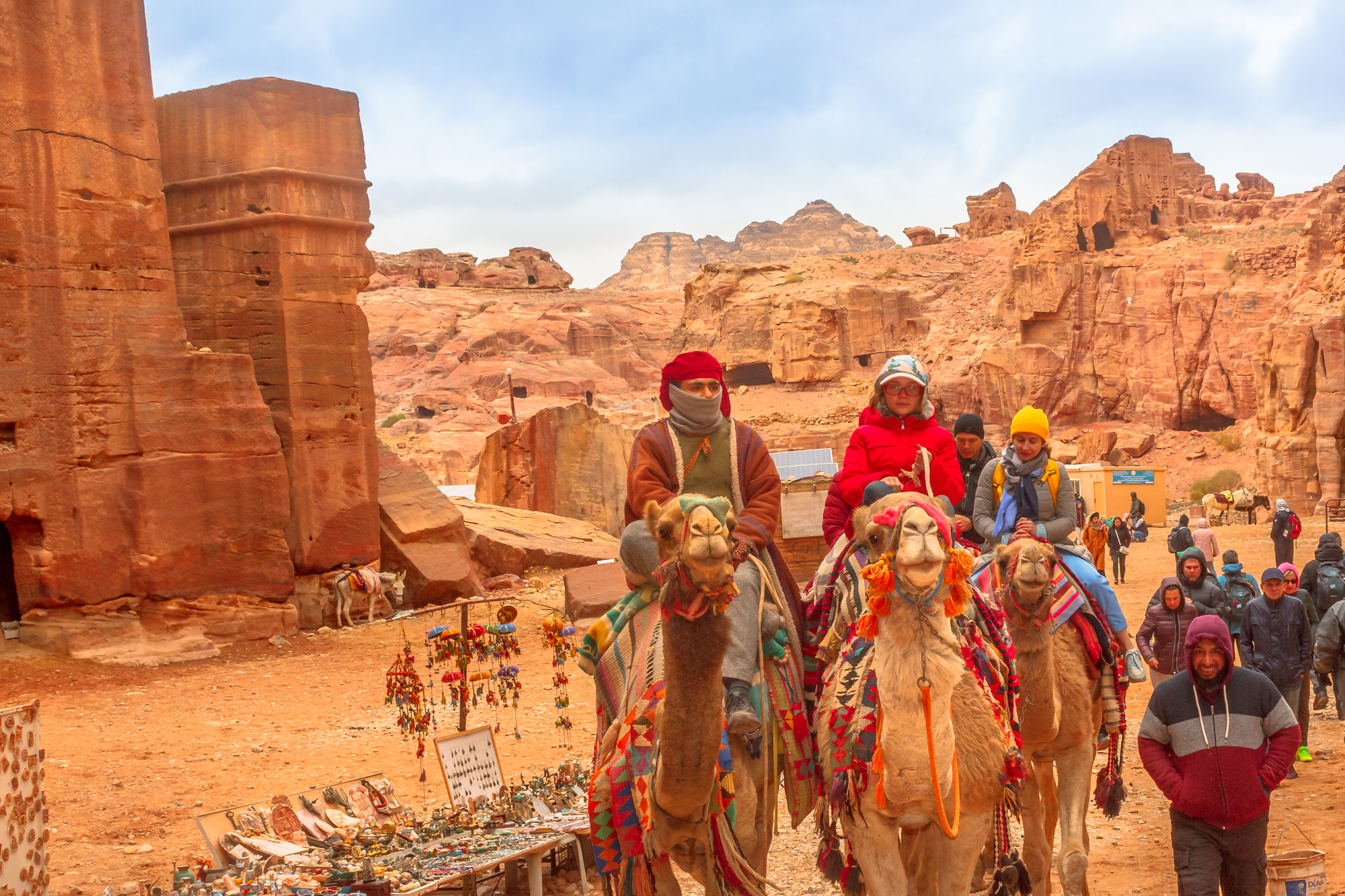
Both countries offer authentic camel experiences, but they feel worlds apart. Morocco’s camel treks often include overnight stays in traditional Berber camps with proper toilets and even some luxury amenities if you’re willing to pay extra. Egypt’s camel journeys tend to be more rugged and authentic, especially in the Western Desert, where you might not see another soul for days.
The Egyptian experience feels more like what ancient traders actually went through, while Morocco offers a more comfortable version of desert life.
Like Travel Pug’s content? Follow us on MSN.
Star Gazing Opportunities

Morocco’s desert locations like Merzouga have minimal light pollution, making them fantastic for stargazing. The clear, dry air means you can see the Milky Way stretching across the sky like someone spilled glitter on black velvet. Egypt takes this up a notch, though, especially in places like the White Desert where the isolation is almost complete.
Egyptian desert nights offer some of the clearest skies on the planet, and the silence is so profound it’s almost unsettling — in the best possible way.
Cultural Immersion

Morocco wins hands down when it comes to living desert culture. The Berber people still maintain traditional lifestyles in many desert areas, and you can actually experience their daily routines, music, and customs. Egypt’s desert culture is more archaeological than living — focused on ancient civilizations rather than current communities.
While Egypt’s historical depth is incredible, Morocco gives you the chance to participate in a culture that’s still actively practiced today.
Archaeological Wonders
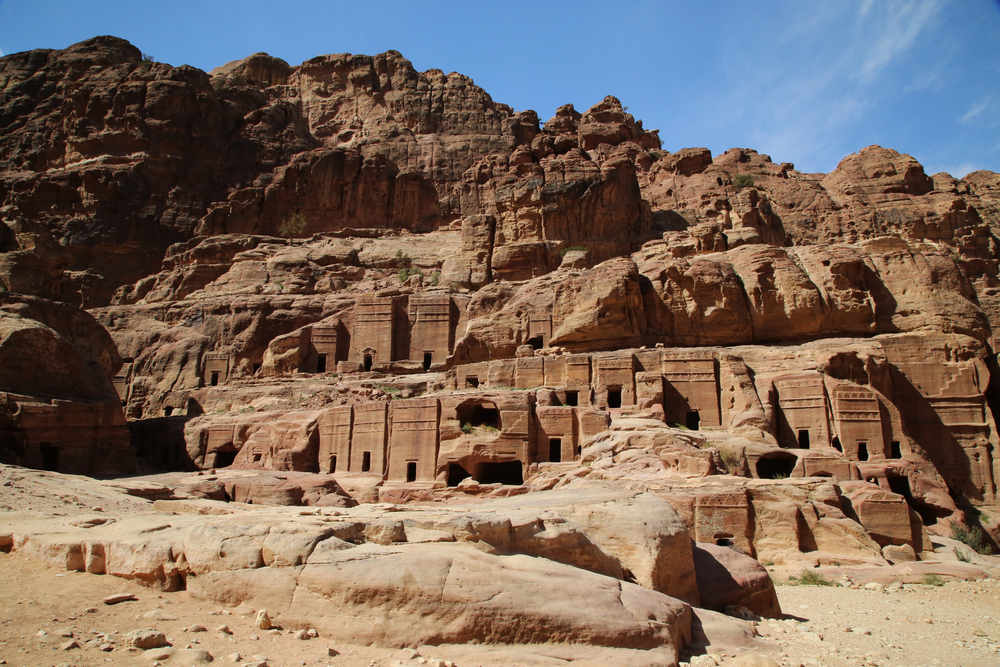
Egypt absolutely dominates this category with world-famous sites like the Valley of the Kings and countless temples scattered throughout its desert regions. The sheer concentration of ancient wonders in Egypt’s desert areas is mind-blowing.
Morocco has some interesting archaeological sites too, but they’re mostly smaller kasbahs and ancient trading posts that can’t compete with Egypt’s pharaonic treasures. If you’re a history buff who gets excited about walking where ancient pharaohs once stood, Egypt is your obvious choice.
Like Travel Pug’s content? Follow us on MSN.
Desert Wildlife

Morocco’s Sahara hosts a surprising variety of life, including fennec foxes, desert hedgehogs, and various reptiles that have adapted to the harsh conditions. You might spot Barbary sheep on rocky outcrops or catch glimpses of desert birds during migration seasons.
Egypt’s desert wildlife is equally fascinating but different, with species like the Egyptian cobra, monitor lizards, and various desert-adapted mammals. Both countries offer unique wildlife experiences, but Morocco’s animals tend to be more visible to casual visitors.
Temperature Extremes
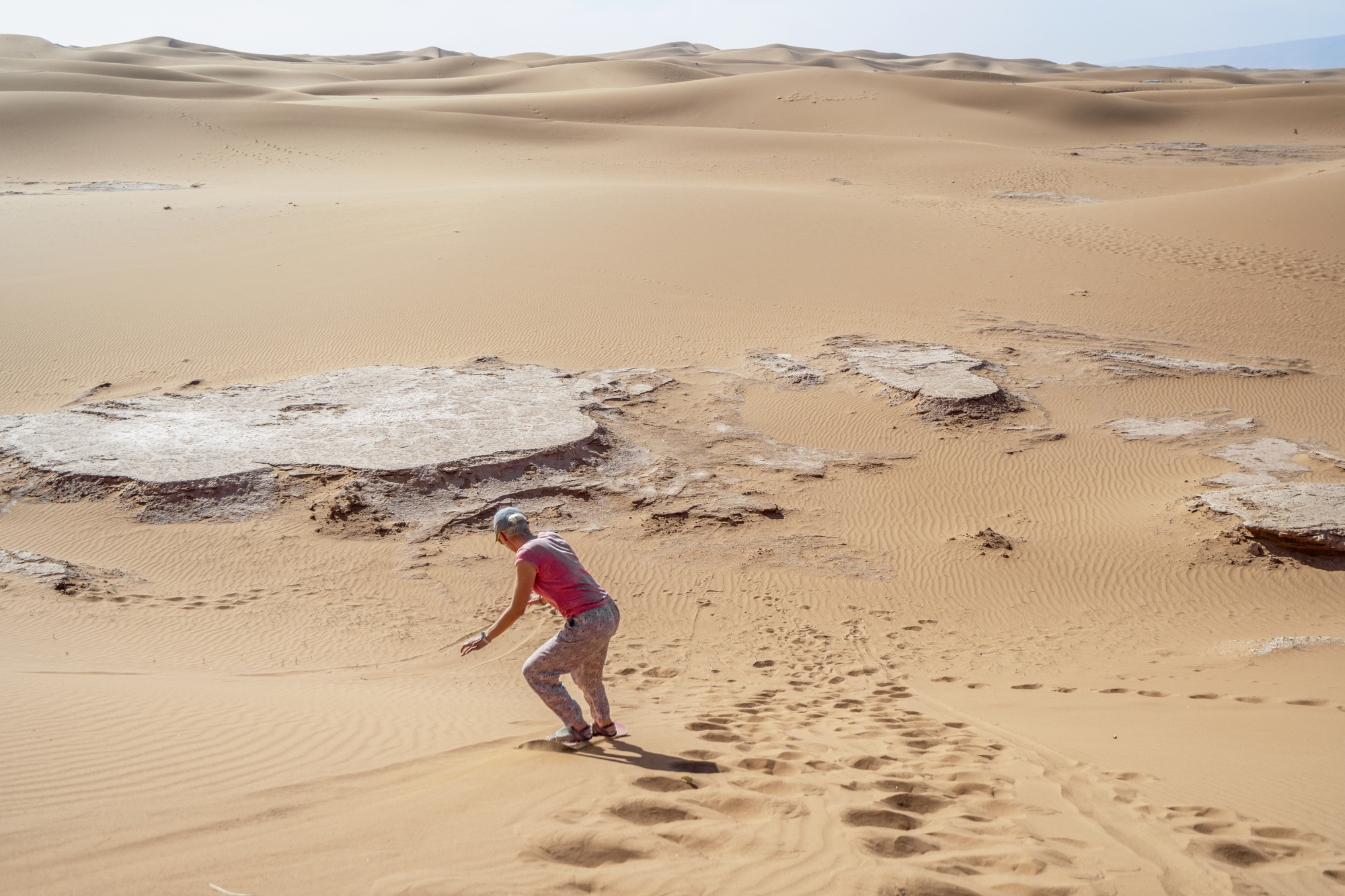
Morocco’s desert temperatures are generally more manageable for travelers, especially during spring and fall when daytime highs hover around 80–90°F. Summer can still be brutal with temperatures exceeding 110°F, but the nights cool down nicely.
Egypt’s desert climate is typically hotter and more extreme, with summer temperatures regularly hitting 120°F or higher during the day. The saving grace is that Egyptian desert nights can be surprisingly cool, sometimes requiring warm clothes even in summer.
Photography Opportunities
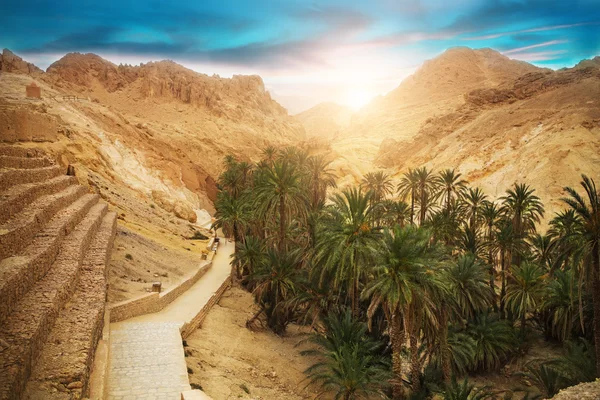
Both destinations are photographers’ dreams, but they offer completely different aesthetics. Morocco provides those classic golden dune shots with camels silhouetted against orange sunsets that look straight out of a travel magazine. Egypt offers more dramatic contrasts with white limestone formations, black volcanic landscapes, and the surreal Crystal Mountain that looks like it belongs on another planet.
Morocco feels more accessible for amateur photographers, while Egypt rewards those willing to venture into more challenging terrain for unique shots.
Like Travel Pug’s content? Follow us on MSN.
Adventure Activities

Morocco has developed a solid adventure tourism infrastructure with sandboarding, quad biking, and organized desert rallies becoming increasingly popular. The activities feel well-organized and safe, perfect for families or first-time desert visitors.
Egypt’s adventure scene is more raw and expedition-style, focusing on serious desert trekking, rock climbing, and exploration of remote oases. Egyptian desert adventures require more preparation and experience, but offer a more authentic wilderness experience.
Food and Hospitality
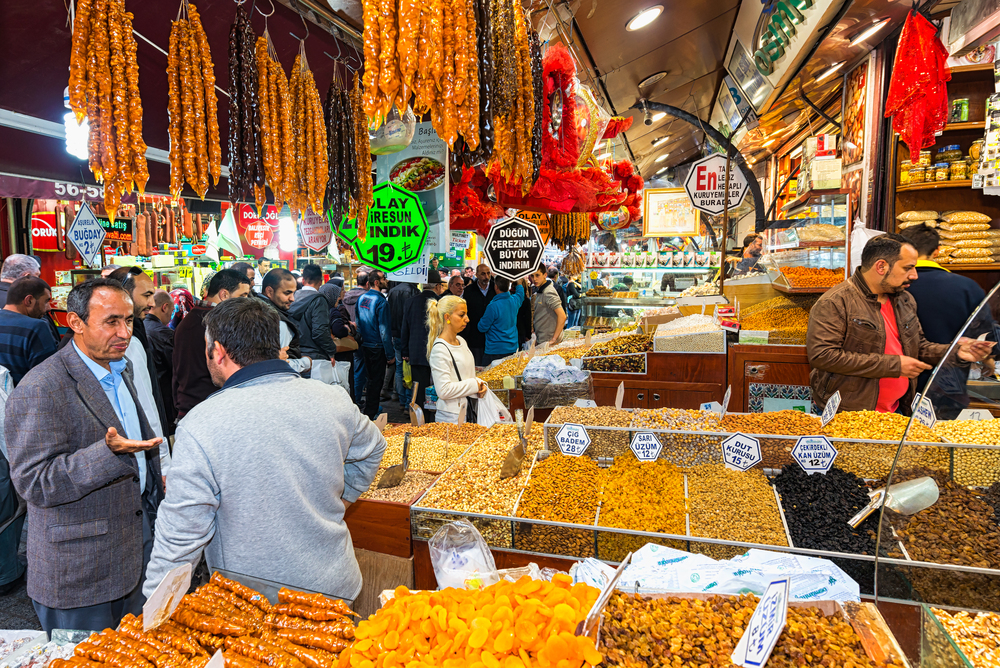
Moroccan desert hospitality is legendary, with elaborate tagine dinners served under the stars and mint tea ceremonies that make you feel like honored guests. The food is flavorful, varied, and perfectly suited to the desert environment.
Egyptian desert cuisine is simpler but no less welcoming, often featuring fresh bread, grilled meats, and vegetables prepared over open fires. Both cultures excel at making visitors feel welcome, but Morocco’s approach feels more polished while Egypt’s feels more spontaneous.
Transportation and Access
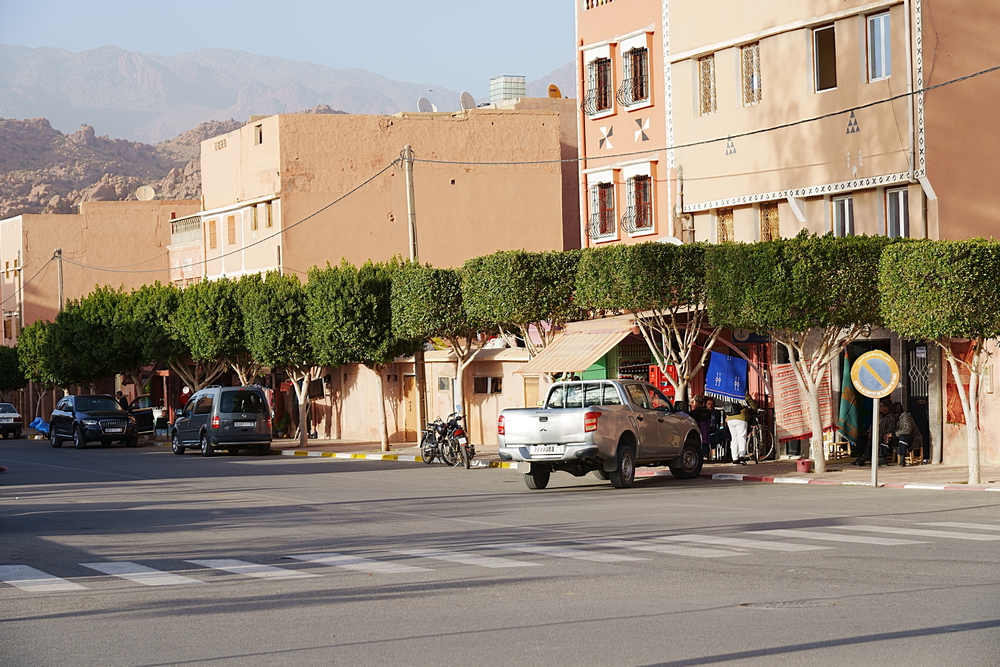
Getting to Morocco’s main desert attractions is relatively straightforward with decent roads leading to places like Merzouga and Zagora. Tour operators have the logistics figured out, making it easy to book everything from budget to luxury desert experiences.
Egypt’s remote desert areas often require serious off-road driving and specialized vehicles, making independent travel more challenging. The trade-off is that Egypt’s more difficult access means fewer crowds and more pristine environments.
Like Travel Pug’s content? Follow us on MSN.
Cost Considerations

Morocco generally offers better value for money when it comes to desert experiences. You can find decent camel trekking and camping packages for reasonable prices, and the competition between operators keeps costs manageable. Egypt’s desert tours tend to be more expensive, especially for the remote Western Desert expeditions that require specialized guides and equipment.
However, Egypt’s archaeological sites are often bundled into packages that can provide good overall value if you’re interested in history.
Safety and Infrastructure
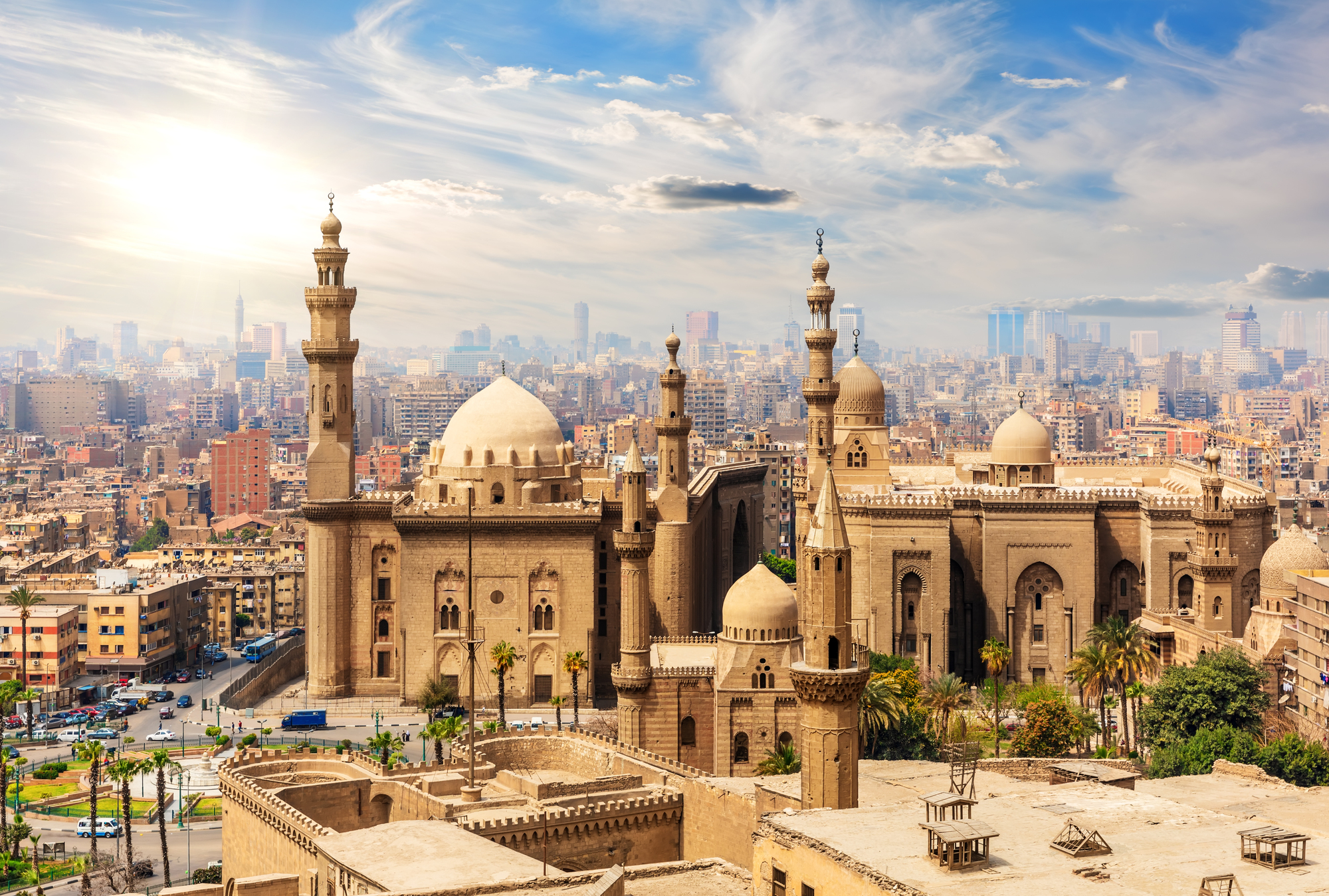
Morocco has invested heavily in tourism infrastructure, making desert travel relatively safe and predictable. Medical facilities are within reasonable reach, and communication is generally possible. Egypt’s remote desert areas are more challenging from a safety perspective, requiring experienced guides and careful planning.
Political stability in Egypt can also be a factor, though the Western Desert areas are generally considered safe for tourism.
Unique Geological Features

Morocco’s desert landscapes are beautiful but relatively standard in terms of sand dunes and rocky outcrops. Egypt offers much more geological diversity with the surreal White Desert’s chalk formations, the Black Desert’s volcanic hills, and the Crystal Mountain’s sparkling quartz deposits.
These unique formations make Egypt feel more like an alien planet than Earth. Morocco’s landscapes are gorgeous and photogenic, but Egypt’s geological wonders are truly one-of-a-kind.
Like Travel Pug’s content? Follow us on MSN.
Seasonal Accessibility
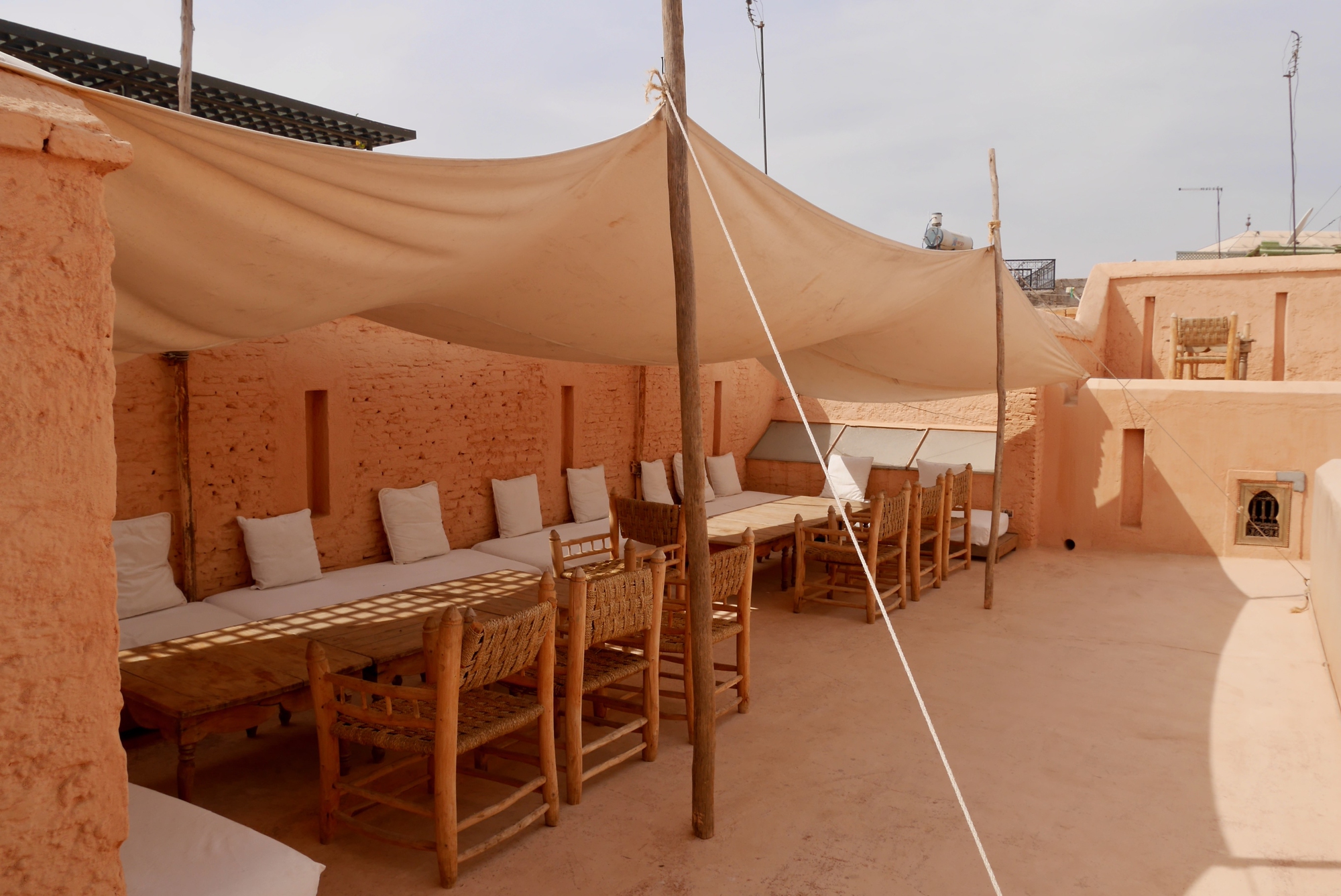
Morocco’s desert regions are accessible year-round, though summer can be uncomfortably hot and winter nights quite cold. Spring and fall offer the most pleasant conditions for most visitors. Egypt’s desert areas have a narrower window of comfortable weather, with extreme summer heat making travel dangerous for inexperienced visitors.
Winter and early spring are ideal for Egyptian desert travel, but planning around weather patterns is more critical than in Morocco.
Where Ancient Meets Modern
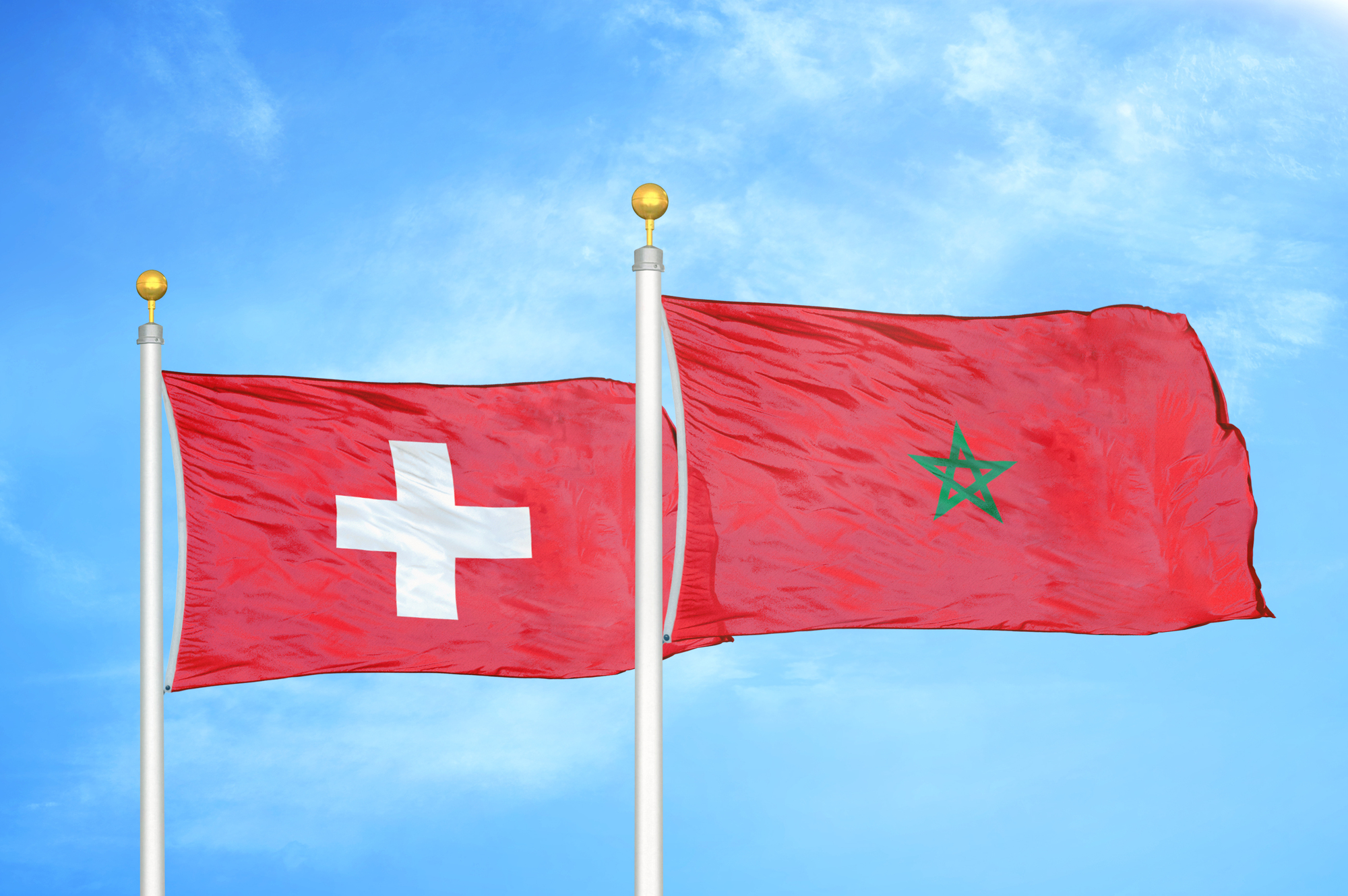
Both countries showcase this contrast beautifully, but in different ways. Morocco blends ancient Berber traditions with modern tourism infrastructure, creating experiences that feel authentic yet accessible. The country has managed to preserve its desert culture while adapting to contemporary travelers’ needs.
Egypt’s approach is more about connecting visitors with its ancient past rather than living traditions, offering glimpses into civilizations that shaped human history. Morocco gives you a living desert culture, while Egypt provides a museum-quality historical experience set in spectacular natural surroundings.
More from Travel Pug

- 20 Best Beach Towns in the Carolinas
- 13 Destinations Where Tourists Regularly Regret Their Trip
- 20 Things You Actually Get in First Class
- 20 Small Airports With Aviation Museums
- 20 Places in the U.S. That Are Perfect for a Reset Trip
Like Travel Pug’s content? Follow us on MSN.
